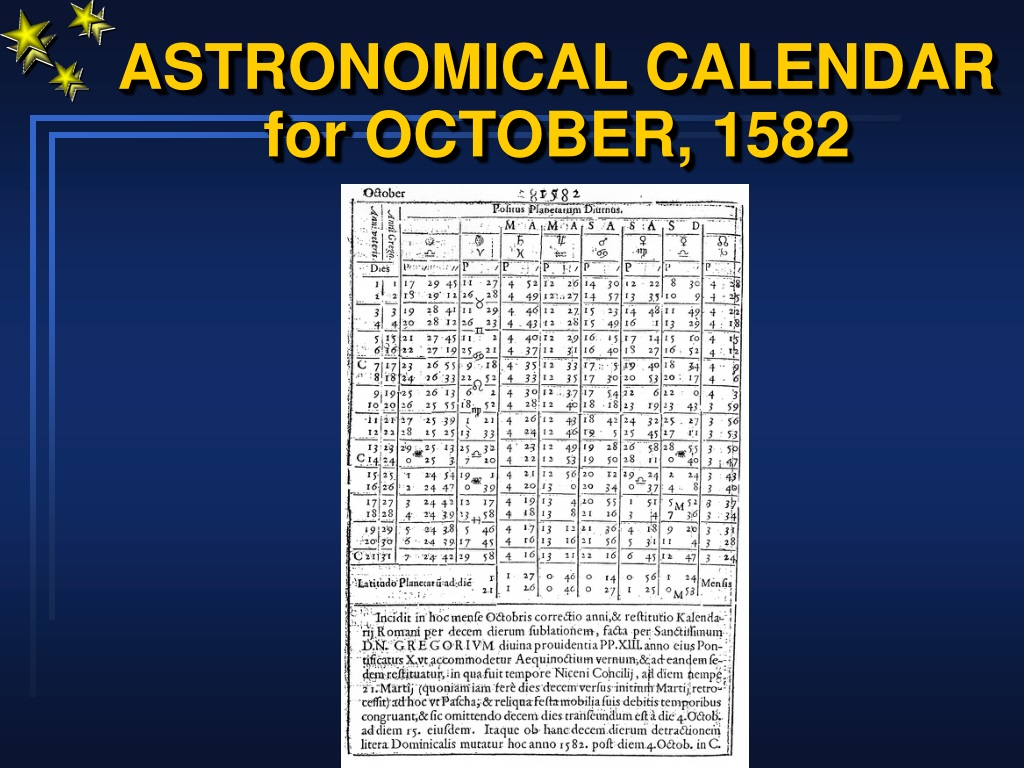In October 1582, a significant change was made to the calendar system that we use today. This change was implemented by Pope Gregory XIII in order to realign the calendar with the solar year and correct inaccuracies that had accumulated over time. The new calendar, known as the Gregorian calendar, was adopted by most Catholic countries at the time and eventually became the standard calendar used worldwide.
The Gregorian calendar replaced the Julian calendar, which had been in use since the time of Julius Caesar. The main difference between the two calendars was the way leap years were calculated. The Julian calendar added a leap day every four years, which resulted in an extra 11 minutes and 14 seconds each year. Over time, this discrepancy added up, causing the calendar to fall out of sync with the solar year.
The Calendar For October 1582
The Gregorian calendar addressed this issue by introducing a more accurate leap year rule. Under the new system, a leap day is added every four years, except for years that are divisible by 100 but not by 400. This adjustment ensures that the calendar stays in sync with the solar year, with an average year length of 365.2425 days.
Observing October 1582
For people living in October 1582, the transition from the Julian calendar to the Gregorian calendar meant that 10 days were skipped to bring the calendar back in line with the solar year. This adjustment was necessary to correct the accumulated discrepancy between the two calendar systems. As a result, the dates October 5-14, 1582 were omitted in Catholic countries that adopted the new calendar.
Despite initial resistance from some countries, the Gregorian calendar eventually gained widespread acceptance for its accuracy and efficiency. Today, it is the most widely used calendar system in the world, with the majority of countries following its guidelines for calculating dates and scheduling events.
